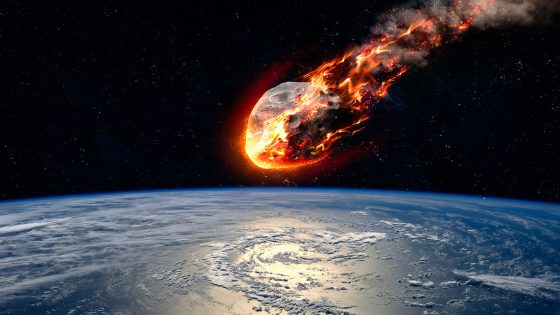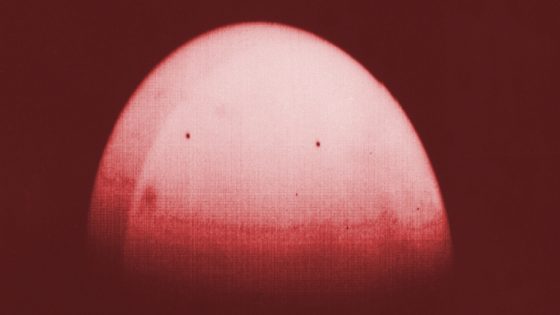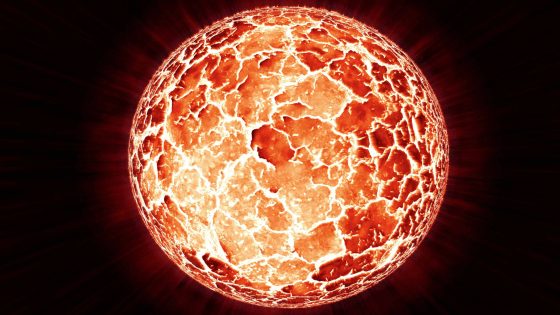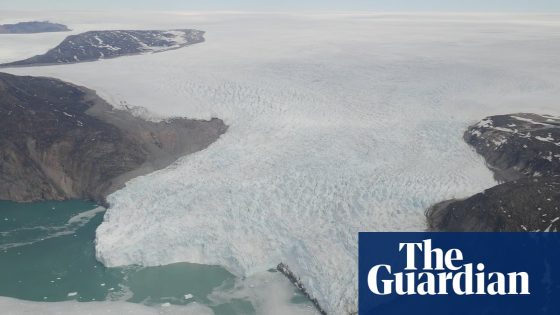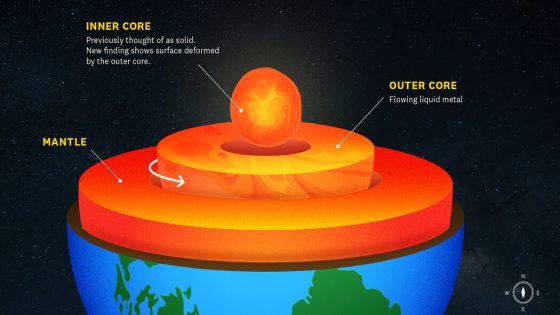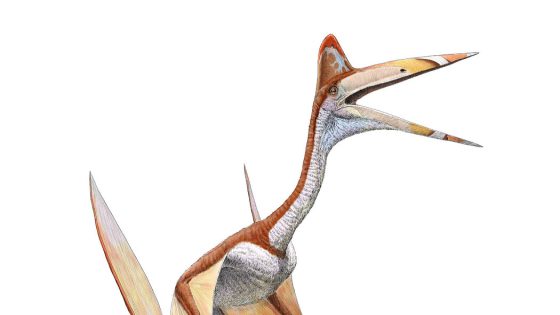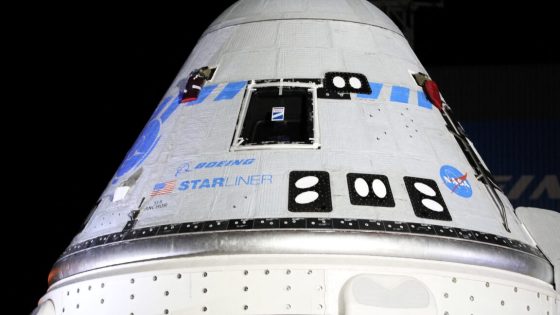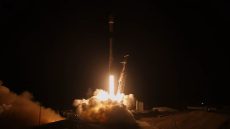An asteroid named 2024 YR4 has raised alarms among scientists due to its increasing risk of impacting Earth. Discovered on December 27, 2024, this asteroid is currently about twice the distance from Earth as the Moon. With a size ranging from 40 to 100 meters, its potential collision with our planet on December 22, 2032, is now being closely monitored.
- Asteroid 2024 YR4 poses collision risk.
- Collision odds increased to 2.3%.
- NASA actively tracking the asteroid.
- Infrared astronomy aids in detection.
- Global collaboration essential for monitoring.
- Future observations will refine predictions.
Asteroid 2024 YR4: A Growing Threat to Earth’s Safety
Could 2024 YR4 be the asteroid we need to worry about? As scientists analyze its trajectory, the odds of a collision have increased significantly, now estimated at 2.3%. This situation has prompted NASA and other agencies to prioritize tracking this asteroid closely.
What Makes Asteroid 2024 YR4 Unique and Concerning?
The asteroid’s impact probability has doubled in just a month, making it a unique case in asteroid tracking. Experts emphasize the need for advanced technology and international collaboration to monitor such threats effectively.
Key Factors Contributing to the Increased Collision Risk
Several factors have contributed to the heightened concern surrounding 2024 YR4:
- Initial collision odds were 1.2%, now increased to 2.3%.
- NASA has placed it at the top of their Sentry Risk List.
- Upcoming close pass in 2028 will provide crucial data.
- Global observatories are collaborating to enhance tracking efforts.
The Role of Technology in Tracking Asteroids
Technological advancements are vital in tracking asteroids like 2024 YR4. NASA’s upcoming Near-Earth Object Surveyor mission will enhance detection capabilities. The James Webb Space Telescope also plays a crucial role by providing infrared observations, which help estimate asteroid sizes and trajectories more accurately.
Global Collaboration in Planetary Defense
Protecting Earth from potential asteroid impacts requires a united global effort. The Minor Planet Center in Massachusetts serves as a hub for reporting new asteroid discoveries, ensuring that data is shared worldwide. This collaboration is essential for refining predictions and enhancing our planetary defense strategies.
As we continue to monitor asteroid 2024 YR4, staying informed is crucial. The more we understand its path, the better prepared we can be for any potential impact. What are your thoughts on our planet’s defense against asteroids? Share your comments below!



